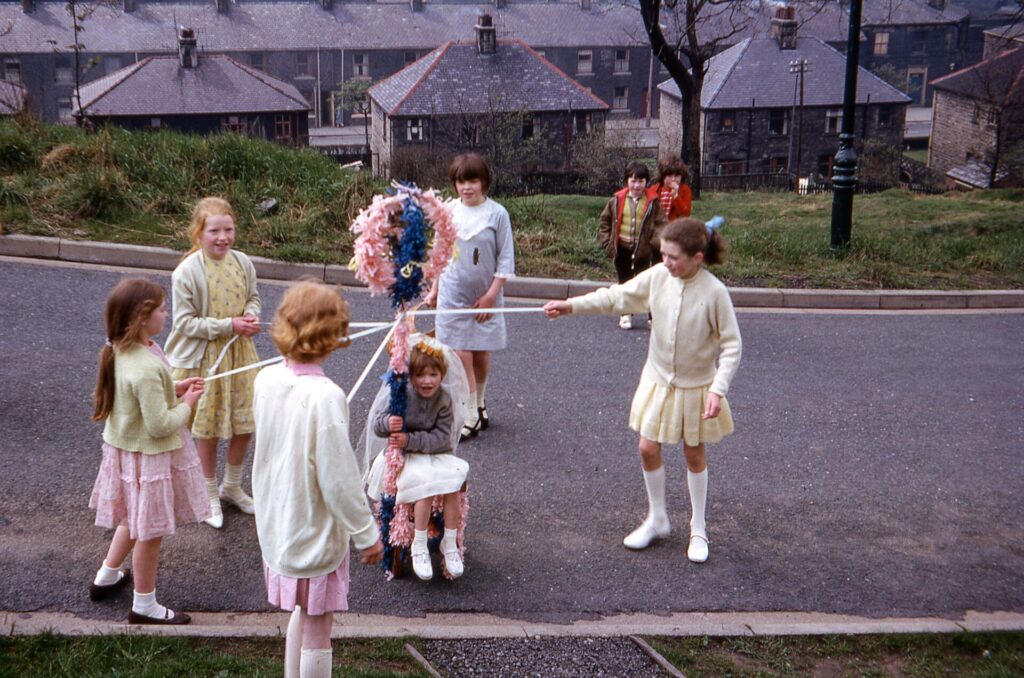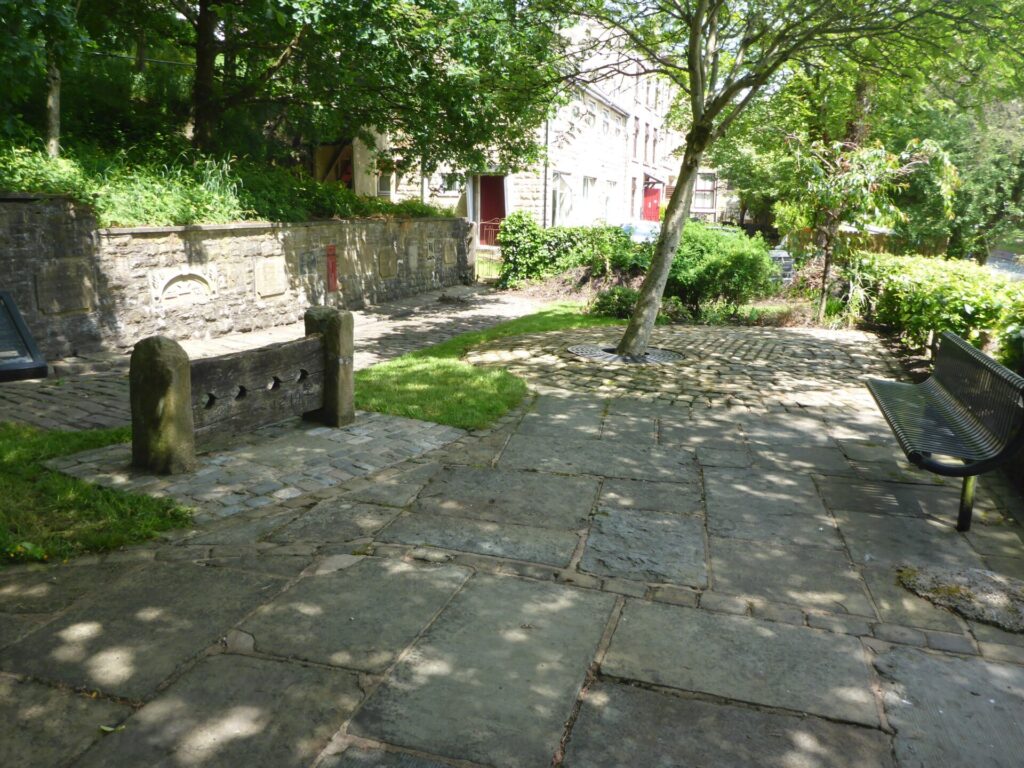Happy May Day
Dancing round the Maypole, merrily we go Dancing round the Maypole, singing as we go “I’m the Queen, oh can’t you see I’ve just come from the village green If you wait a little while I will show you the polka-style (Girls: Can you dance the polka?) ‘Yes I can Not with you, with my […]








